The Essential Guide to Runway Markings
Pilot Institute
JUNE 19, 2025
Visual runways feature aiming point markings (described later on in this article) if the runway is 4,000ft or longer or used by jet aircraft. To provide a clear area for jet and propeller blasts to dissipate. To prevent jet or propeller blasts from scattering debris or water onto the taxiway. To prevent taxiway overruns.


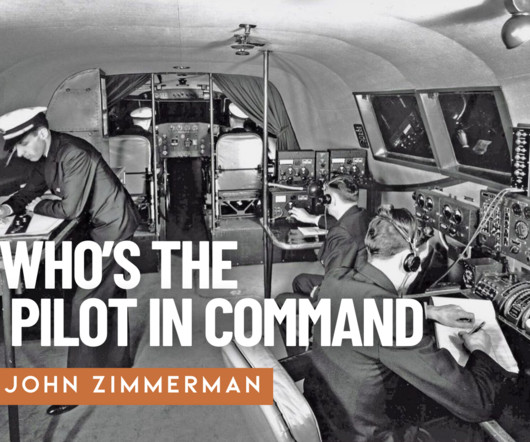


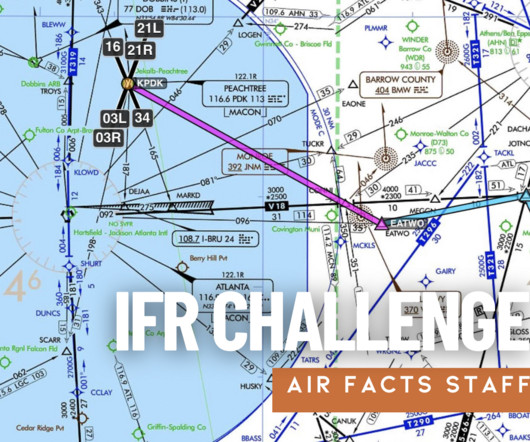
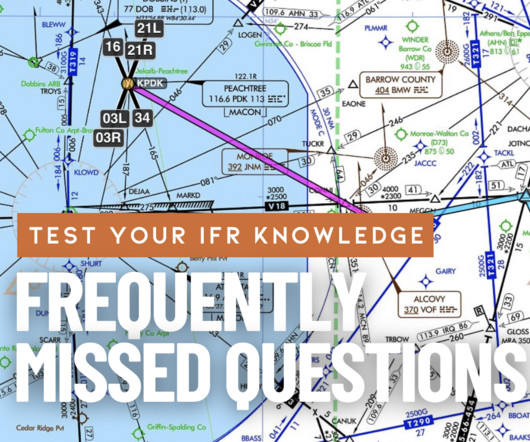

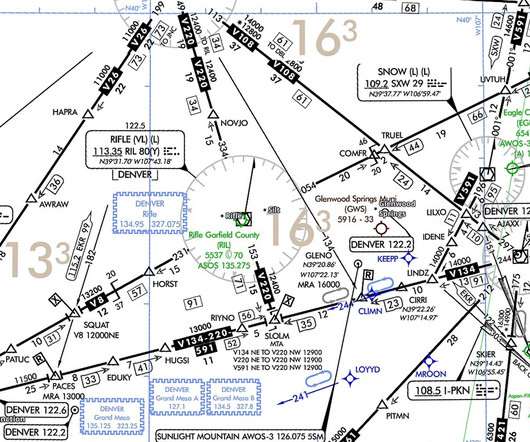
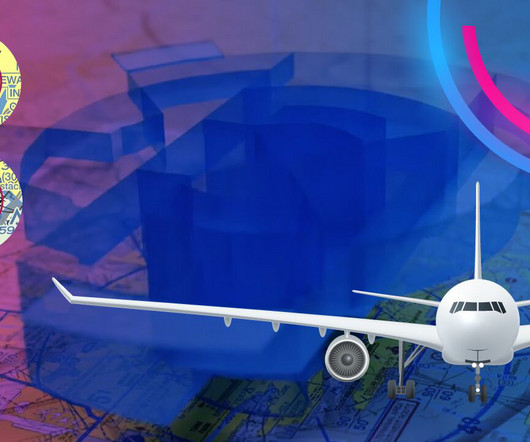
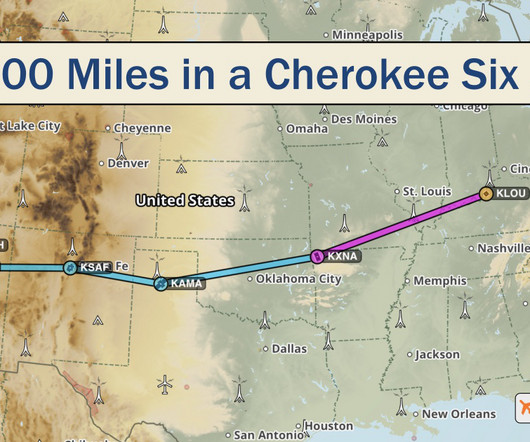
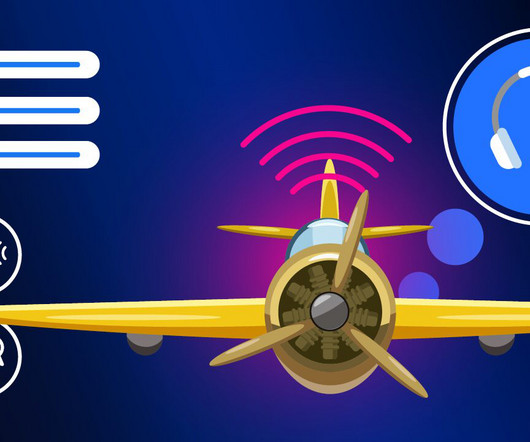








Let's personalize your content